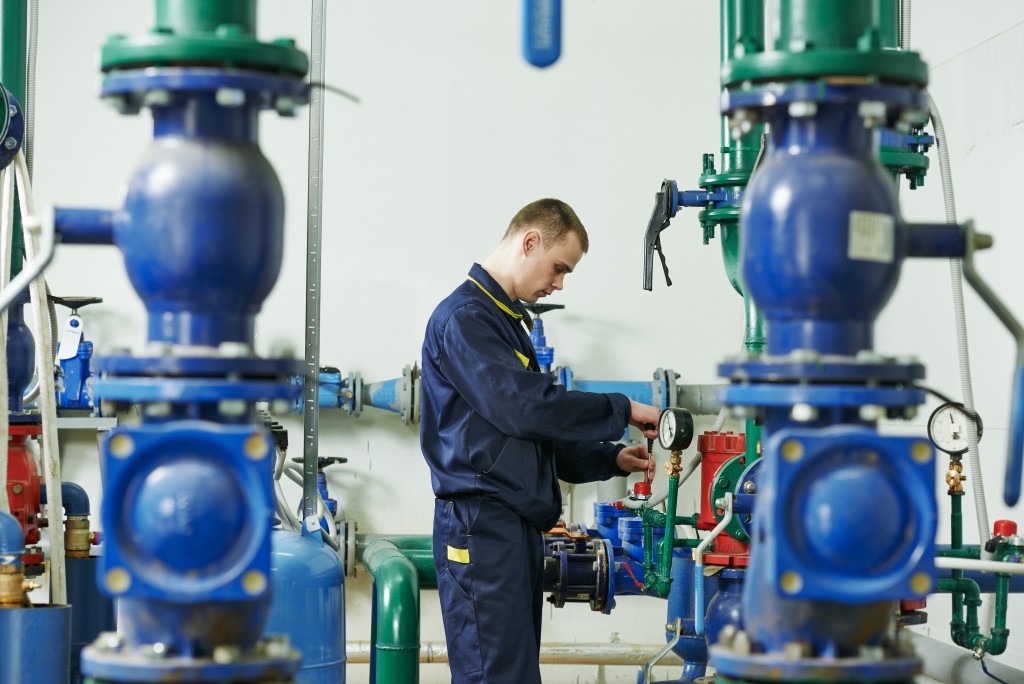Magnetic Drive Pump Maintenance for Extended Service Life

 You got a recommendation from your contractor to get a magnetic drive pump for your industrial application, and you went ahead and bought one. How well, though, do you know this pump and to keep it functioning optimally? Here’s a closer look at that:
You got a recommendation from your contractor to get a magnetic drive pump for your industrial application, and you went ahead and bought one. How well, though, do you know this pump and to keep it functioning optimally? Here’s a closer look at that:
No Mechanical Seals
First, if you pump corrosive or toxic fluids, this pump is a better option than the typical types since it doesn’t have any mechanical seals. The pump contains sleeve bearings that support an impeller shaft and a pump casing. Its drives move the shaft through a shell that contains the pumpage, all of which make the pump come without any mechanical seals.
Bearings
Unlike conventional pumps, this pump uses different types of bearings, and their location is different. These bearings are on the shaft and source the lubrication from the fluid in transit. The presence of solid impurities in the fluid in transit can affect the state of the bearings, as they are on the slot of the pump.
In conventional pumps, mechanical seals are the first to wear out, but in these pumps, the first parts to wear out are the bearings. Therefore, always keep inspecting the bearings to ensure they’re in their best condition.
Decoupling
The pumps’ ratings dictate the maximum torque they can handle. Beyond this point, the magnets can’t operate at their optimum speed, and the pump undergoes decoupling. Equally, if you leave the pump to run in this state, it compromises the functional integrity of the magnets, as the chances of getting demagnetised are high. Therefore, it’s crucial you incorporate power monitors whenever you’re using these pumps.
Ask anyone who uses magnetic drive pumps, and they will tell you that these are the king of all pumps. Several considerations, though, should go into their maintenance and use for optimal performance. Following the above tips will make an excellent guide on that.




